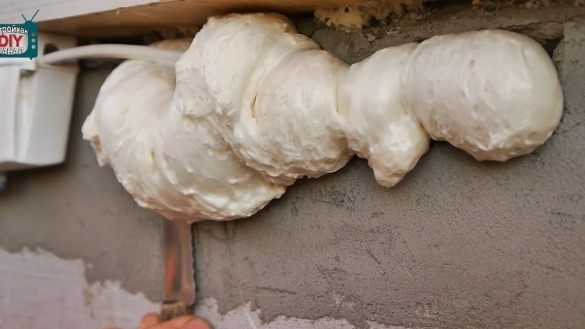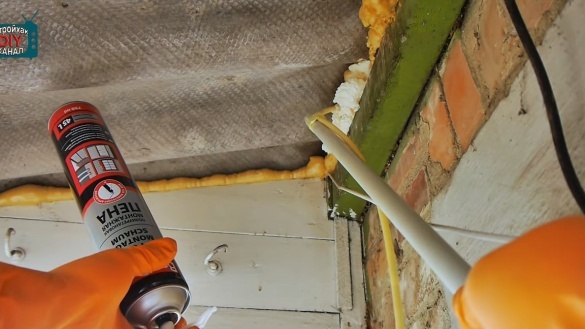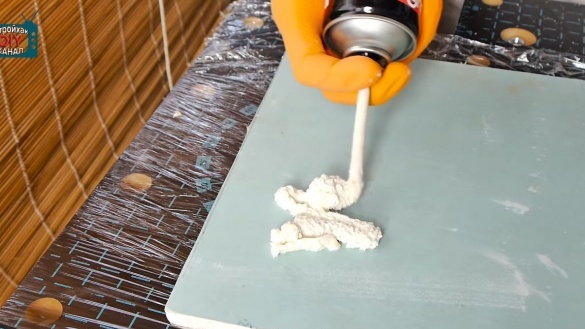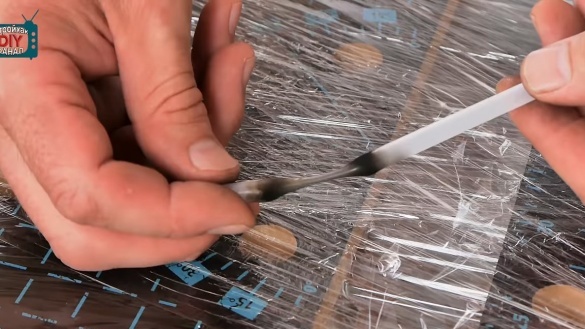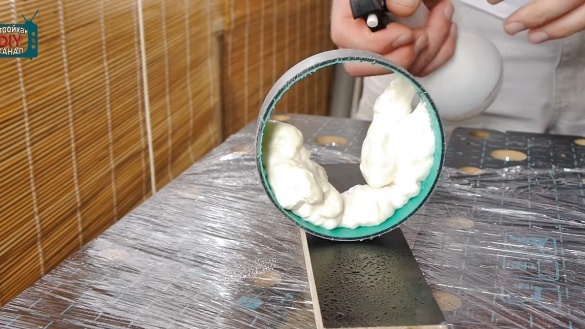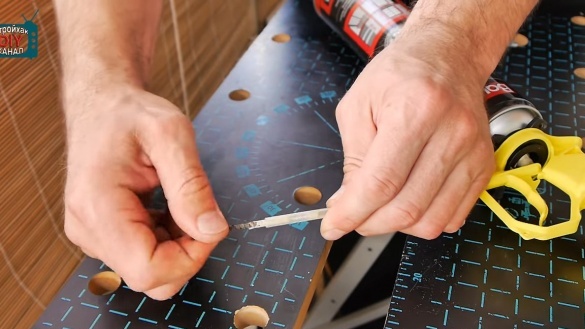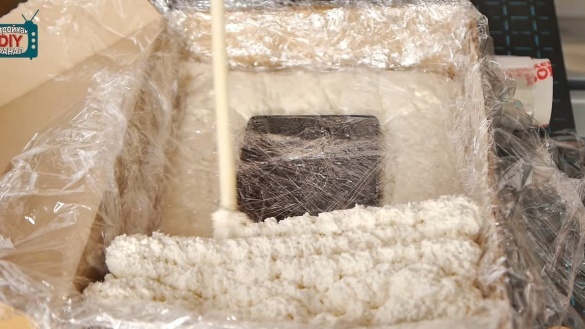Polyurethane foam - a unique building material that combines ease of use, installation speed, a variety of application surfaces, and has heat and sound insulation. Even those who have never practiced building, will be able to qualitatively perform installation work, knowing the secrets of choosing and applying foam.
Features of choice
Several types of foam are available on the market. It is selected depending on the season when work is done (summer, winter, all-weather) and destination (professional and household). For rooms where there is a risk of fire, fireproof foam is used.
Regardless of which type of foam is selected, it is important to pay attention to the expiration date. If it comes to an end, you should refrain from buying: the foam will not expand, become loose and will leave the cylinder under less pressure or will not come out at all. Foam is usually stored for no more than one and a half years (the exact information is indicated on the packaging), so you should not buy foam for the future.
Foam application
Before applying the foam, the surface is cleaned of dirt and dust and moistened. It is necessary that the foam has fixed, expanded and hardened. It is better to moisten the surface with a spray bottle, brush or rag. It is important to moisten the surface, and not to wet it too much. Shake the balloon for at least 30 seconds before applying. This will provide a better connection of the constituent components, which means that the foam will better show its properties for the quality of the joint: it will be dense and voluminous.
When applied, the balloon is turned over and held upside down. If it is difficult to foam hard to reach seams in this position, a flexible plastic tube of a suitable diameter is attached to the guide. You can attach a rail to it, which acts as a homemade handle.
If the guide tube is not attached to the cylinder, it can be made independently using heat shrink. It is put on the cylinder, warms up at the junction, the washer is installed on top.
When foaming a thin slit, a shrink tube will also help: it is put on the guide tube and heats up until it reaches the desired diameter. If such a tube is not at hand, the tip of the plastic tube, worn on the guide, heats up and extends to the required size.
Foam rather hardens if, after installation, it is sprayed with water from a spray bottle.This is done in the case when it is necessary to close a large gap of about 10 cm. To prevent the foam from falling under its own weight and lay evenly, the application is carried out sequentially: one layer is moistened with water, dries up for 10-15 minutes, then a second one is applied and then until the gap is closed.
Excess foam is removed with a clerical knife or a serrated knife for bread.
For economical consumption of foam, uniform application and convenience, experts use a professional gun. For the same purposes, one-time is enough in everyday life, but it will last a long time if you know certain nuances. After work, the cylinder is turned into its normal position and the valve is pressed to remove excess foam. The one that remained at the tip of the tube is easily cleaned with a simple self-tapping screw: it is screwed into the hardened foam and removed with it.
If during installation the foam got on uncovered surfaces, acetone will help to remove it. It is necessary to wait for complete drying, and using the nail polish remover, wipe until completely eliminated.
Ways to use polyurethane foam
Foam is used not only as a sealant and insulation, but also as an adhesive. In this role, the foam copes with the attachment of decorative elements and is applied in the same way as regular glue. The parts are tightly compressed together, and after drying, a reliable connection is ensured. Recommendations on the surfaces of glued parts are the same as during installation: wood, concrete, plastered and glass surfaces lend themselves well.
For storage and transportation of fragile items from the foam, you can make a protective case. To do this, a container of a suitable size and shape is selected and half filled with foam. The film is lined on which the object itself is placed. Another layer of film is laid on top and foam is applied.
After drying, the protective case can be used, but a valuable thing should be wrapped in polyethylene.
Foam is used for crafts: It is easy to cut and light in weight. The figures made from it can be left on the street, they will not deteriorate under the influence of precipitation and because of the temperature difference.
When working with a large volume of foam, it is important to consider that it will take about a day to harden.
The knowledge of these subtleties in work with polyurethane foam takes to a new level of professional skill!
Video version:

